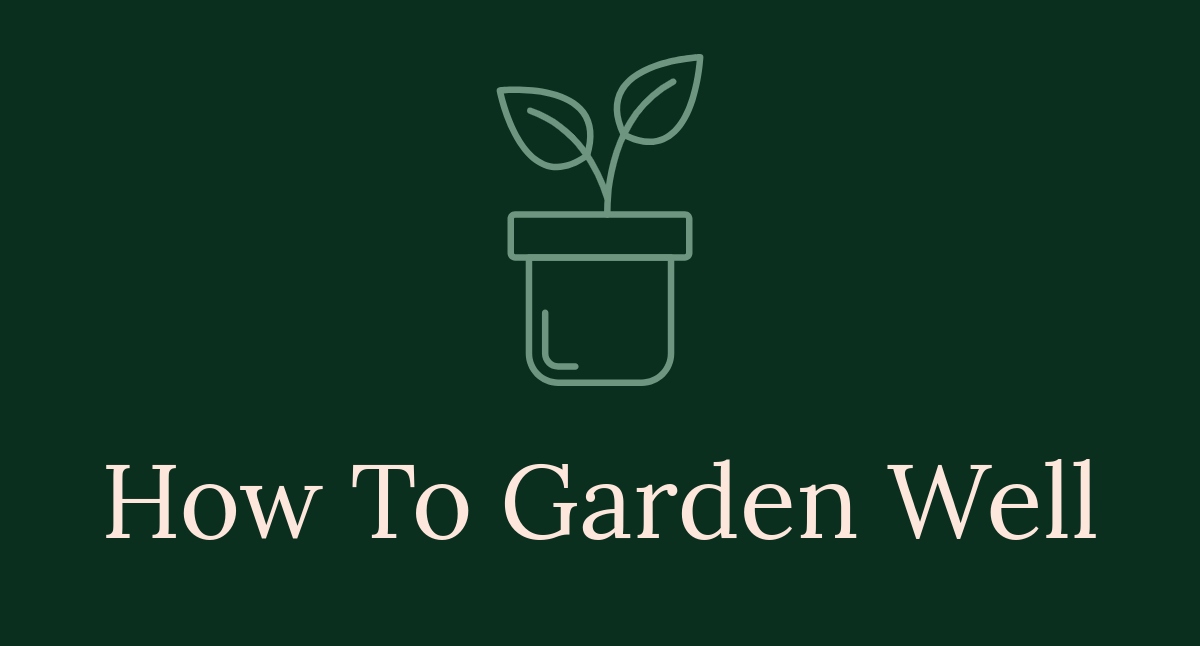
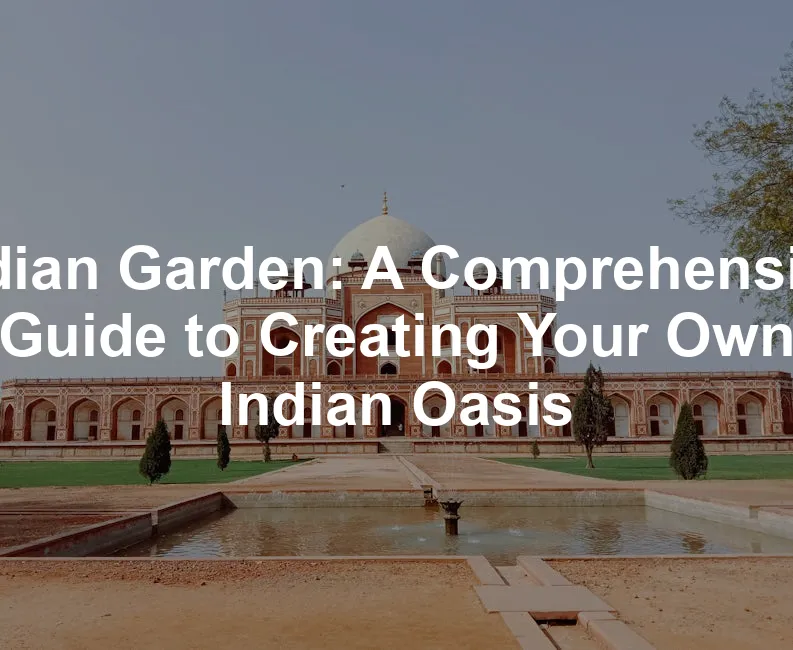
Indian Garden: A Comprehensive Guide to Creating Your Own Indian Oasis
Introduction
Have you ever dreamt of an enchanting garden, rich in culture and beauty? An Indian garden offers just that. Rooted in centuries of tradition, these gardens symbolize harmony with nature and reflect India’s diverse heritage. More people worldwide are embracing Indian gardening practices, seeking tranquility and connection to nature. This article aims to guide you in creating and maintaining your own Indian garden oasis.
To kickstart your gardening journey, consider investing in a Garden Tools Set. A good set of tools can make all the difference, helping you dig, plant, and cultivate with ease. Plus, who doesn’t love the shiny new gadgets that come with gardening? It’s like adult playtime!
Summary and Overview
An Indian garden is a delightful blend of vibrant plants, intricate designs, and cultural influences. Key elements include colorful flowers, lush greenery, and serene water features. These gardens provide numerous benefits, from relaxation and aesthetic appeal to a deeper connection with cultural roots. In this article, you’ll learn about essential components, suitable plants, and design ideas to help you cultivate your very own Indian garden sanctuary.
As you think about enriching your garden, consider using Organic Fertilizer. It’s not just good for your plants; it’s also good for the environment! By choosing organic options, you’ll nurture your garden while keeping it safe from harsh chemicals.
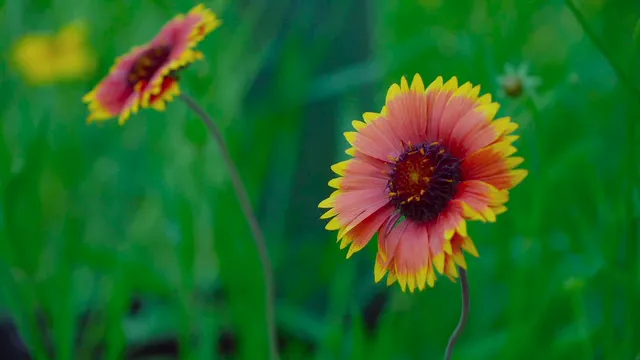
Understanding Indian Gardens
Historical Context
Gardens have played a vital role in Indian culture for centuries. They are not just spaces for beauty but also hold deep historical significance. The Mughal influence is particularly noteworthy, with grand gardens featuring symmetrical layouts and water channels. These gardens symbolize paradise on earth, designed to evoke peace and contemplation.
Traditional styles, like temple gardens, reflect spiritual connections. They often include sacred symbols, such as the lotus, which represents purity and enlightenment. Festivals like Diwali and Holi often celebrate gardens, highlighting their importance in community and family gatherings. This rich historical backdrop adds layers of meaning to every bloom and design in an Indian garden.
Through understanding these elements, you can create a garden that honors this cultural heritage while providing a beautiful retreat. And while you’re at it, don’t forget to add a Watering Can. It’s an essential tool to keep your plants quenched and happy!

Essential Elements of an Indian Garden
Creating an Indian garden involves embracing a few key elements that enhance its charm and functionality. One of the most vital components is water features. Ponds, fountains, or even small waterfalls bring a sense of serenity. The sound of flowing water can be incredibly soothing, making it a focal point in your garden.
Next, consider the pathways and layout. A well-planned garden layout guides visitors through different areas, allowing them to appreciate the beauty around them. Pathways can be made from stones or bricks, adding texture and character. They help define spaces and encourage exploration.
Incorporating a Garden Kneeler and Seat can also make your gardening experience much more comfortable. Trust me, your knees will thank you after a long day of planting and weeding!

Designing Your Indian Garden
Layout and Structure
When designing your Indian garden, you can choose between formal and informal styles. Formal gardens often feature symmetrical layouts with neatly trimmed hedges. In contrast, informal gardens embrace a more natural look, allowing plants to grow freely. Both styles have their unique charm.
Begin with pathways to guide visitors through your garden. Use materials like stepping stones, gravel, or bricks to create inviting paths. They can connect different garden zones, enhancing exploration. Pathways also add structure and help define spaces.
Next, think about flower beds. Arrange plants in clusters for a splash of color. Grouping plants with similar heights creates a layered effect. Incorporate perennial flowers for year-round beauty. This technique ensures your garden remains vibrant in every season.
Focal points add visual interest. Consider statues, birdbaths, or decorative pots. Water features like fountains or ponds can also be stunning focal points. They attract wildlife and create a tranquil ambiance. Your garden becomes a peaceful retreat, drawing the eye and inviting relaxation. Speaking of focal points, a lovely Outdoor Garden Statue can add an artistic touch to your space!

Cultural Influences in Garden Design
Indian gardens reflect deep cultural and religious influences. Colors play a significant role. Symbolic colors like red, yellow, and green evoke various emotions and meanings. For example, red symbolizes love, while green represents fertility and growth.
Materials used in garden design also carry cultural significance. Local stone and clay blend beautifully with the landscape, creating a sense of place. These materials not only enhance aesthetics but also connect the garden to its environment.
Spiritual elements enrich the garden experience. Mandirs (temples) and statues often find their place in Indian gardens. They serve as reminders of reverence and tranquility. Incorporating these elements fosters a deeper connection to nature and spirituality, making your garden a serene sanctuary. And speaking of serenity, why not add a Decorative Birdbath? It’ll attract beautiful birds and add an extra layer of charm!
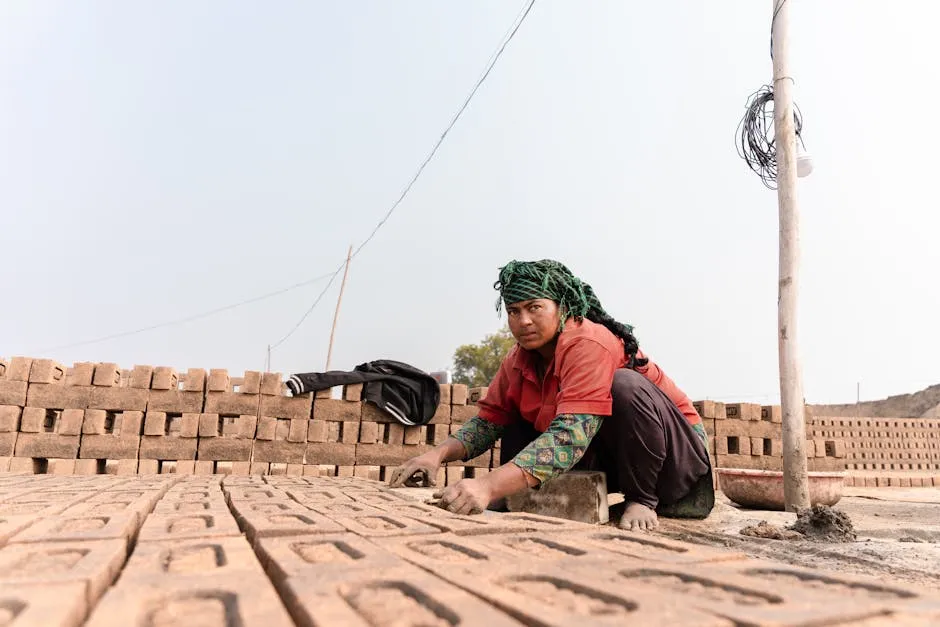
Seasonal Care Tips
Maintaining an Indian garden requires attention throughout the year. Each season brings unique tasks that keep your garden thriving.
In spring, focus on pruning. Trim back any dead or overgrown branches. This promotes healthy growth and encourages blooming. Watering is crucial, especially as temperatures rise. Ensure your plants receive adequate moisture, but avoid overwatering to prevent root rot.
As summer approaches, pest control becomes essential. Use natural methods like Pest Control Spray (Neem Oil) to deter unwanted insects. Regularly inspect leaves for signs of pests. Keeping your plants healthy will make them less vulnerable to infestations.
In autumn, it’s time to fertilize. Use Compost Bin to enrich the soil. This prepares your plants for winter and promotes robust growth in spring. Be sure to remove any fallen leaves to prevent diseases.
Winter care includes protecting your plants from frost. Cover sensitive plants with cloth or mulch. This shields them from extreme temperatures.
By following these seasonal tasks, your Indian garden will flourish beautifully all year round, showcasing vibrant colors and healthy plants.
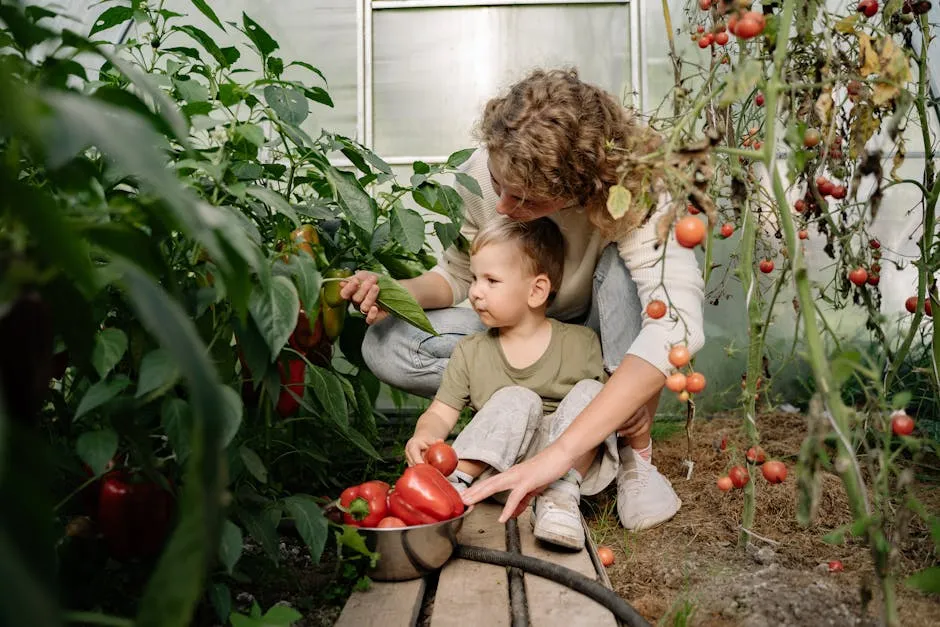
Sustainable Practices
Embracing eco-friendly gardening practices is essential for a sustainable Indian garden. Composting is a fantastic start. By recycling kitchen scraps and garden waste, you create nutrient-rich compost. This natural fertilizer enhances soil quality and reduces waste. Learn more about composting methods.
Composting is an essential practice for maintaining a healthy garden ecosystem. Check out this guide to composting in small backyard spaces for tips on how to get started.
Organic gardening methods are also vital. Avoid chemical pesticides and fertilizers. Instead, opt for organic alternatives. These practices promote healthy plant growth and contribute to a safer environment. A great resource to check out is an Organic Gardening Book, which can guide you in making eco-friendly choices!
Water conservation is another key aspect. Use drip irrigation to minimize water loss. Building a DIY drip irrigation system can help you efficiently manage water usage in your garden.

Utilizing drip irrigation is an effective way to conserve water in your garden. Learn how to build your own drip irrigation system for optimal water efficiency.
By implementing these sustainable practices, you not only nurture your garden but also contribute to a healthier planet. Your Indian garden can thrive while respecting nature’s balance.

Creating an Indian garden brings immense joy and numerous benefits. Imagine stepping into a space filled with vibrant colors, soothing scents, and the gentle sounds of nature. This garden can become your personal retreat, a place to unwind and connect with your roots. You’ll find peace among the lush greenery and blooming flowers, allowing stress to melt away.
Embrace the tranquility and beauty of Indian gardening. It offers an opportunity to cultivate not just plants, but also mindfulness and serenity in your life. Whether you’re planting fragrant jasmine or colorful marigolds, each bloom adds to your garden’s charm. For those sunny days, consider laying back in a Hammock for Outdoor Relaxation to enjoy the fruits of your labor!
Have you started your gardening journey? We’d love to hear about your experiences or any questions you may have. Share your thoughts in the comments below!
Please let us know what you think about our content by leaving a comment down below!
Thank you for reading till here 🙂
All images from Pexels
